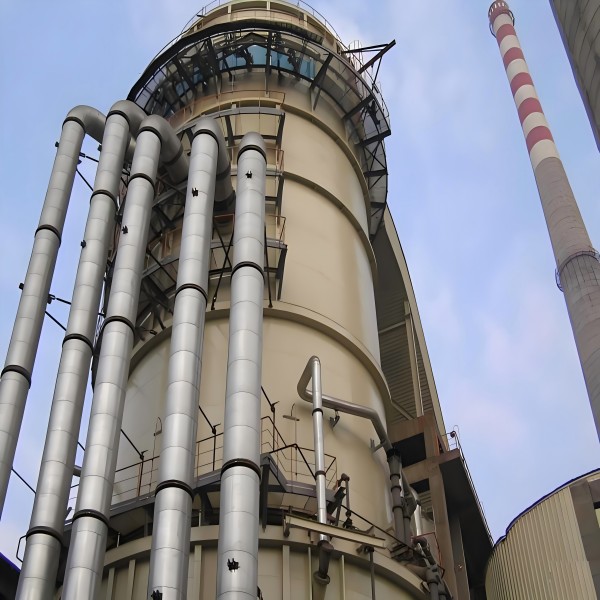Introduction
FGD is an industrial activity which is integral in many sectors and according to regulatory necessities of environmental air pollution control. Incentivizing power plants, cement factories and other sources of large injection of SO2 to adopt FGD technology that is designed for regulatory compliance. But that compliance never comes for free — it means being in the tech and incurring ongoing operating and maintenance expenses. In this article, we break down the economics of that process with FGD costs and benefits.
What is FGD & why so pricey?
Flue gas desulphurisation (FGD) systems eliminate sulphur dioxide from flue gases before they are released to the environment. FGD is advisable to be carried out either in a wet scrubbing, dry scrubbing or semi-dry scrubbing system which brings its own cost and operational complication. This type of FGD installment cost is fastidious, (i.e., millions/tens of millions when released at scale) required for various associated electric plants to set these up.
CapEx and Opex including
When it comes to your budget, aside from the initial capital expenses, overhead costs consume a huge proportion. This also entails multiple downstream costs — scrubbing chemicals, water treatment for byproducts and energy to run those systems. A different major issue is the continued upkeep cost owing to 24x7 examination, cleansing and also tending is required in order to ensure FGD systems working correctly along with satisfying environmental laws in time.
Specialized Management or Utilization of The By-Products Created From FGD
The gypsum that gets produced during the FGD processes are then utilized in construction products like wallboard and plaster. The degree to which this economy, these byproducts work is dependent on all markets considering the transport cost and additional processing required to transform those grades into safe products. However, harnessing these byproducts must also be undertaken in a more complex manner (investments in infrastructure and logistics); still operational cost can possibly be constrained to the point of implementation.
Economic Feasibility of FGD
There are various aspects which determine the economic viability of FGD; among others, capital and operational cost for compliance activities process utilized to computation like appropriate clean technology products byproducts etc (market vale) Thus an ideal route of FGD which is both environmentally and financially optimum is needed; to assess this a cost-benefit analysis can be performed. The price of non-compliance should comprise the possibility fines as well as legal charges.
Accommodative Government Policies and Incentives
The economics of FGD are driven primarily by policy. The costs of compliance associated with regulation-induced reductions in sulfur dioxide emissions, therefore, results in demand for FGD technology that reflects the true marginal cost embodied carbon capture. In contrast, government incentives for FGD installations or byproduct use e.g. tax credits or subsidies may lower these costs and thereby make regulatory compliance viable;
It is a shift in FGD economics.
Technological improvements, stricter environmental regulations and potentially expanding by-product markets will determine FGD economics in the future. As a result, this might make compliance less expensive by lowering the operating costs associated with by-product management and optimizing FGD by-product beneficial use potential. In addition, more concerns about SO2 release and its adverse effect on the environment will increase a demand with an aim for strict standard in subsequent years for FGD system.
Conclusion
The nature of the elixir is yet more complex than that simple transaction to the uneconomic man who processes it as little more complicated than and equation penned on the back of a cocktail napkin, for all those sticky engineers charged with implementation have a rubix cube of economic complexities to deal with — upfront capital costs, operating quibbles, and what would fate so many passed gasses after their release from our disparate competition. Admittedly, this approach has a high capital and operating cost (especially compared to poorly run coal plants) making it less viable as an ongoing large scale carbon neutral fuel however you can imagine a strong argument either way coupled with sustainability benefits balanced by potential for the reuse of waste byproducts after testing anyway — so really it could even out! That change in regulation and tech is also going to create new economic opportunity, new challenges for FGD but you would be hard pressed to not have it be changing.


